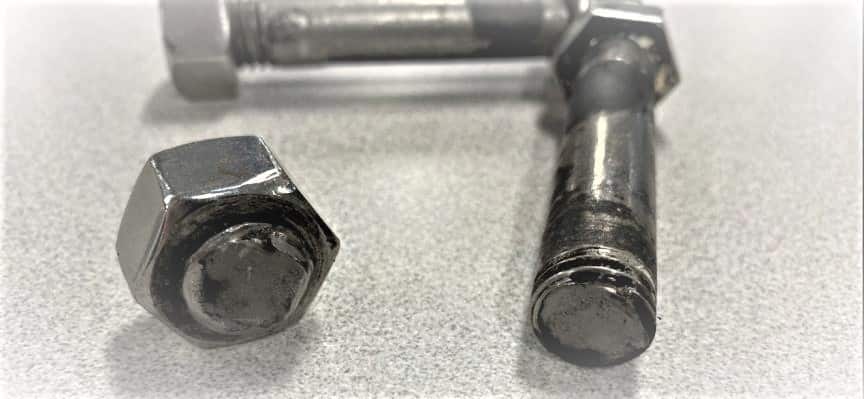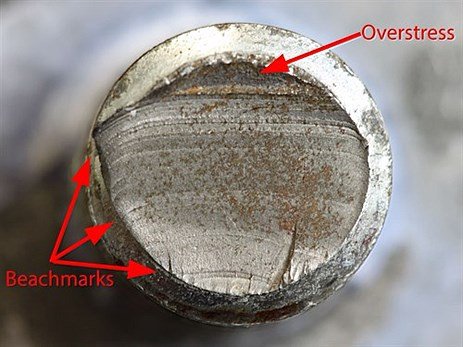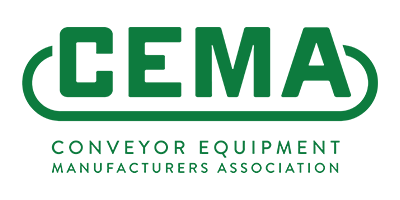Fatigue Failure of Coupling Bolts
Question
Screw conveyors are used throughout our process for conveying a variety of bulk materials. Most of the screw conveyors are very reliable but I have one specific screw conveyor that causes downtime for my plant. I’ve replaced the coupling bolts on the drive end multiple times now, but either the heads of the bolts or the nut with a threaded portion of the coupling bolt is found downstream in other equipment or even lodged in a rotary valve, shutting down my process. What is going on? Am I over-torquing the coupling bolts?
Answer
Screw conveyors are typically a very reliable means to transport or convey bulk materials. Alignment of screw conveyors is very important for long-term operation. Part of the alignment process is stabilizing the drive unit so there is no vibration or movement. Some screw conveyor drive units are self-supporting, while others require additional support in the field after installation. If you can visibly see drive movement, then you have a problem that must be corrected.
Misalignment and vibration at the drive end of a screw conveyor causes cyclical movement of the drive shaft in the drive end of the screw. The movement is transferred to the coupling bolts, causing the bolts to fatigue and fail at the bolt heads or the nuts. The bolt head or nut will break off flush with the outside diameter of the pipe of the screw.
Fatigue loading is repeated, cyclic loading. Fatigue cracks are progressive, happen over time, and initiate from an area of stress concentration. Areas of stress concentration on a coupling bolt are the sharp transition from the shank to the bolt head or the threads of the bolt. Fatigue cracks and failures commonly have beach marks, or alternating stripes of lighter and darker colors. The different colors result from different loading levels. A fatigue failure is easily identified by visually inspecting the failed coupling bolt. You can clearly see the beach marks on the failed coupling bolt. Please see the attached photos.
It is commonly assumed that the failure is due to the coupling bolts shearing off. Based on the location of the failure on the outside of the pipe, it is impossible to have a shear failure because there is no shear loading on the outside of the pipe. Another common misconception is that the bolts have been over-torqued, causing the head or nut to “pop off”. Coupling bolts must be torqued to proper settings as shown in the KWS Operations and Maintenance Manual available on the KWS website.
Proper alignment and drive support are extremely important for screw conveyors and any rotating equipment. A properly aligned and supported screw conveyor will operate thousands of hours without issue. Screw conveyors are one of the most reliable and cost-effective types of conveyors in the bulk material handling industry. The KWS website is a wealth of information for designing, installing, operating, and trouble-shooting screw conveyors. Please visit our website or give us a call.

Coupling Bolt Failure Due to Screw Conveyor Misalignment and Excessive Vibration

Beach Marks Clearly Show Fatigue Failure of Coupling Bolt





